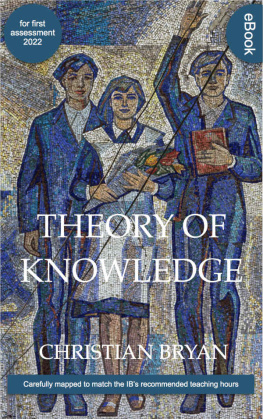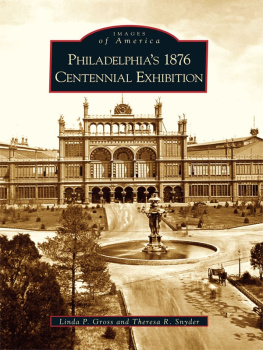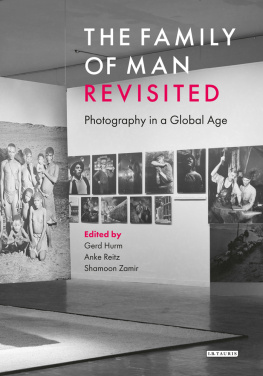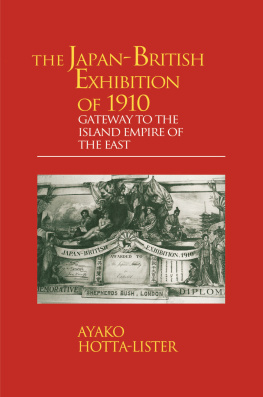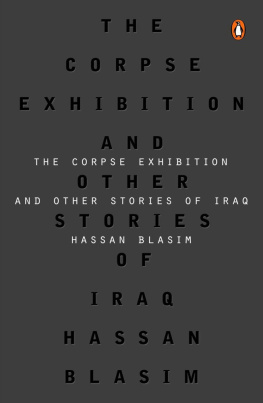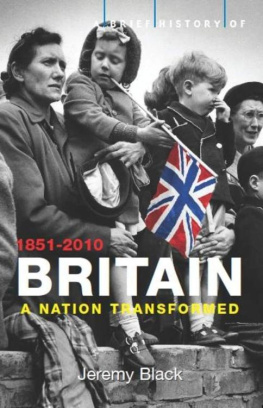First published 2013 by Pickering & Chatto (Publishers) Limited
Published 2016 by Routledge
2 Park Square, Milton Park, Abingdon, Oxon OX14 4RN
605 Third Avenue, New York, NY 10017
Routledge is an imprint of the Taylor & Francis Group, an informa business
Copyright Taylor & Francis 2013
Copyright Editorial material Geoffrey Cantor 2013
To the best of the Publishers knowledge every effort has been made to contact relevant copyright holders and to clear any relevant copyright issues. Any omissions that come to their attention will be remedied in future editions.
All rights reserved, including those of translation into foreign languages. No part of this book may be reprinted or reproduced or utilised in any form or by any electronic, mechanical, or other means, now known or hereafter invented, including photocopying and recording, or in any information storage or retrieval system, without permission in writing from the publishers.
Notice:
Product or corporate names may be trademarks or registered trademarks, and are used only for identification and explanation without intent to infringe.
BRITISH LIBRARY CATALOGUING IN PUBLICATION DATA
The Great Exhibition: a documentary history.
1. Great Exhibition (1851: London, England) - Sources. 2. Great Exhibition (1851: London, England) - Public opinion - Sources. 3. Public opinion - Great Britain - History - 19th century - Sources.
I. Cantor, G. N., 1943- editor of compilation.
607.3'4421-dc23
A catalogue record for this title is available from the Library of Congress
ISBN-13: 978-1-84893-355-2 (set)
DOI: 10.4324/9781003112877
Typeset by Pickering & Chatto (Publishers) Limited
CONTENTS
- General Introduction
- Acknowledgements
- Bibliography
- Organizing the Exhibition
- [Henry Cole and Francis Fuller], Great Exhibition of the Works of Industry of All Nations, Morning Post (1849)
- [Anon.], Works of Industry of All Nations, Ipswich Journal (1849)
- [Anon.], Exhibition of the Industry of All Nations, The Times (1849)
- [Anon.], The Great Exhibition of the Industry of All Nations in 1851, The Times (1849)
- [Queen Victorias Warrant Creating the Royal Commission], London Gazette (1850)
- Minutes of the First and Second Meetings of the Commissioners Appointed by Her Majesty for Promotion of the Exhibition of the Industry of All Nations, to be Holden in the Year 1851 (1852)
- [Anon.], The Great Exhibition of Industry, 1851. Meeting at the Mansion-House, The Times (1850)
- The Westminster Meeting, 21 February 1850
- [Anon.], Industrial Exhibition of 1851, The Times (1850)
- [Samuel Wilberforce, On the Dignity of Labour (1850)
- [Anon.], The Exhibition of All Nations. Grand Banquet at the Mansion-House, The Times (1850)
- Building for the Great Industrial Exhibition, to be Erected in Hyde-Park [engraving], Illustrated London News (1850)
- Copy of a Letter Addressed by the Commissioners of the Exhibition of 1851 to the Lords of the Treasury, Enclosing Memorandum as to the Site of the Exhibition Building in Hyde Park (1850)
- Hyde Park Exhibition of 1851, Hansard (1850)
- [Anon.], The Dinner to Mr Paxton at Derby, Daily News (1851)
- Two Prefatory Essays to the Official Descriptive and Illustrated Catalogue Henry
- Cole, Introduction (1851)
- M. Digby Wyatt, The Construction of the Building (1851)
- Reactions to the Proposed Exhibition
- [Anon.], The Building for the Great Industrial Exhibition of 1851, The Athenaeum (1850)
- Discussion following M. Digby Wyatts paper On the Construction of the Building for the Exhibition of the Works of Industry of All Nations in 1851, Minutes of Proceedings of the Institution of Civil Engineers (1850-1)
- Helix [William Bridges Adams], The Industrial Exhibition of 1851, Westminster Review (1850)
- [Anon.], Address, The Expositor (1850)
- Editorial Notes
- Silent Corrections
- List of Sources
GENERAL INTRODUCTION
Standing at the mid-point of the nineteenth century, the Great Exhibition of the Works of All Nations was one of the most prominent public events of the Victorian period. The brainchild of Henry Cole,1 a prominent member of the Society of Arts, and the personal project of Prince Albert,2 the Prince Consort, it was an impressive and unique achievement in terms of scale. The building Joseph Paxtons3 innovative glass and iron Crystal Palace was an immense structure measuring 1,848 feet (563m) in length and 408 feet (124m) in width, and incorporating 300,000 panes of glass. It covered the space of about ten football pitches. Over 15,000 displays, divided into thirty classes (see Appendix 1, pp. xxi-ii, for the scope of each of the thirty classes of exhibits), were submitted by exhibitors recruited from Britain, from the colonies (as they were called) and from foreign states, ranging from Bavaria to Bolivia and from France to the United States. The value of the exhibits (excluding the Koh-i-noor diamond, itself valued at 2,000,000) was estimated at nearly 1,800,000, which translates in modern terms to about 150,000,000. During the 141 days when the Exhibition was open to the public, 6 million visitors passed through its turnstiles, with a staggering maximum of 109,915 on a single day. These visitors paid over 424,000 in entry charges and consumed 934,691 bath buns, while over a million bottles of non-alcoholic beverages and an unrecorded quantity of water were drunk from the several fountains inside the Crystal Palace. During the summer months of 1851 it was widely proclaimed the eighth wonder of the world.
Although the above statistics by themselves are astonishing, they are of limited assistance in appreciating the historical significance of the Great Exhibition of 1851. One highly influential account of that history was constructed by the Exhibition organizers themselves and was published in several versions, including Henry Coles Introduction to the Official Descriptive and Illustrated Catalogue (hereafter ODIC), which is reproduced below, pp. 21150. Emphasizing the importance of commercial activity and the suitability of London to host the Exhibition, Cole traced its history, stemming from the well-established tradition of holding fairs and exhibitions displaying works of industry. He identified the Society of Arts4 as having played a seminal role over the previous century in holding competitions and awarding premiums to innovative artisans. More specifically, the success of exhibitions held in Paris in 1844 and 1849 encouraged members of the Society of Arts to press for a similar national exhibition in Britain. In 1847 the Society had initiated a series of annual exhibitions of more limited scope and had also lobbied for a far more extensive industrial exhibition in 1851.5 In the summer of 1849 Prince Albert took the subject under his own personal supervision. Working closely with the Society of Arts, and especially with Cole himself, Albert rapidly advanced plans for a major international exhibition to be held in London in 1851. In the autumn of 1849 soundings were taken across the country to gauge public support for the proposal, financial contributions were sought, and a contract was drafted between the Society of Arts and a building contractor, Messrs Munday. In order to encourage manufacturers to exhibit their products, substantial prizes and medals were to be offered to the winners in various categories.


